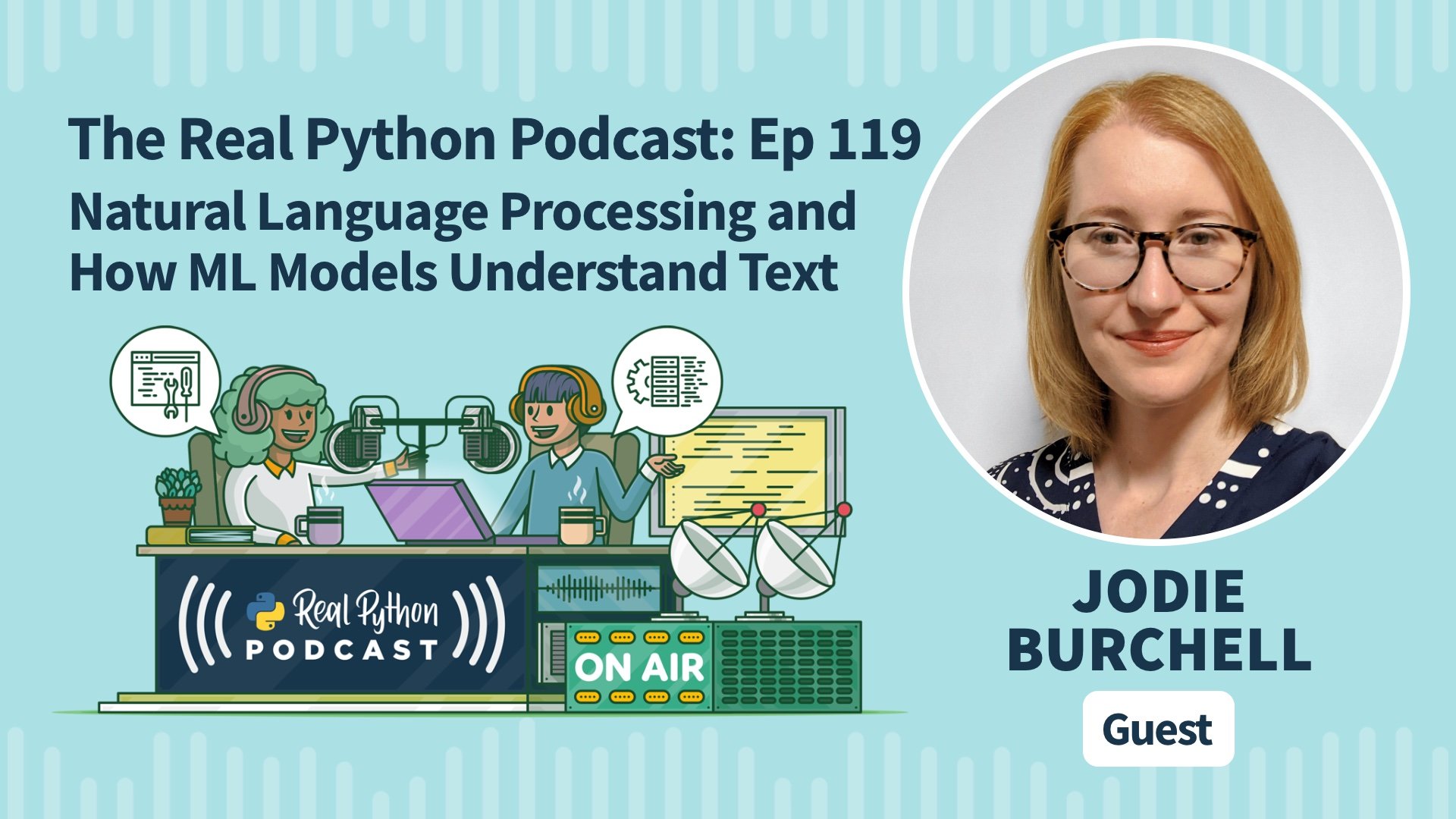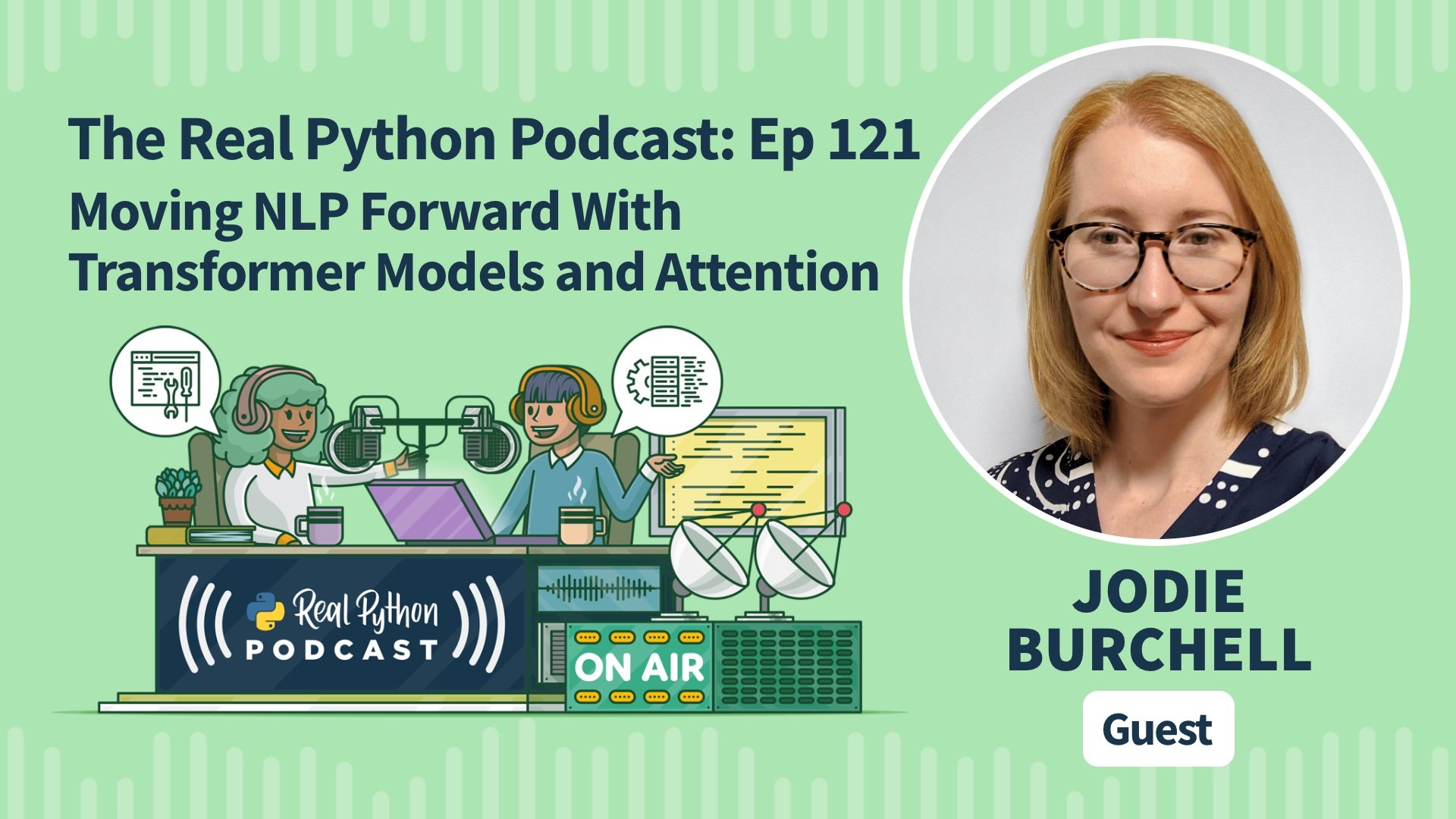Machine Learning With Python
Learning Path ⋅ Skills: Image Processing, Text Classification, Speech Recognition
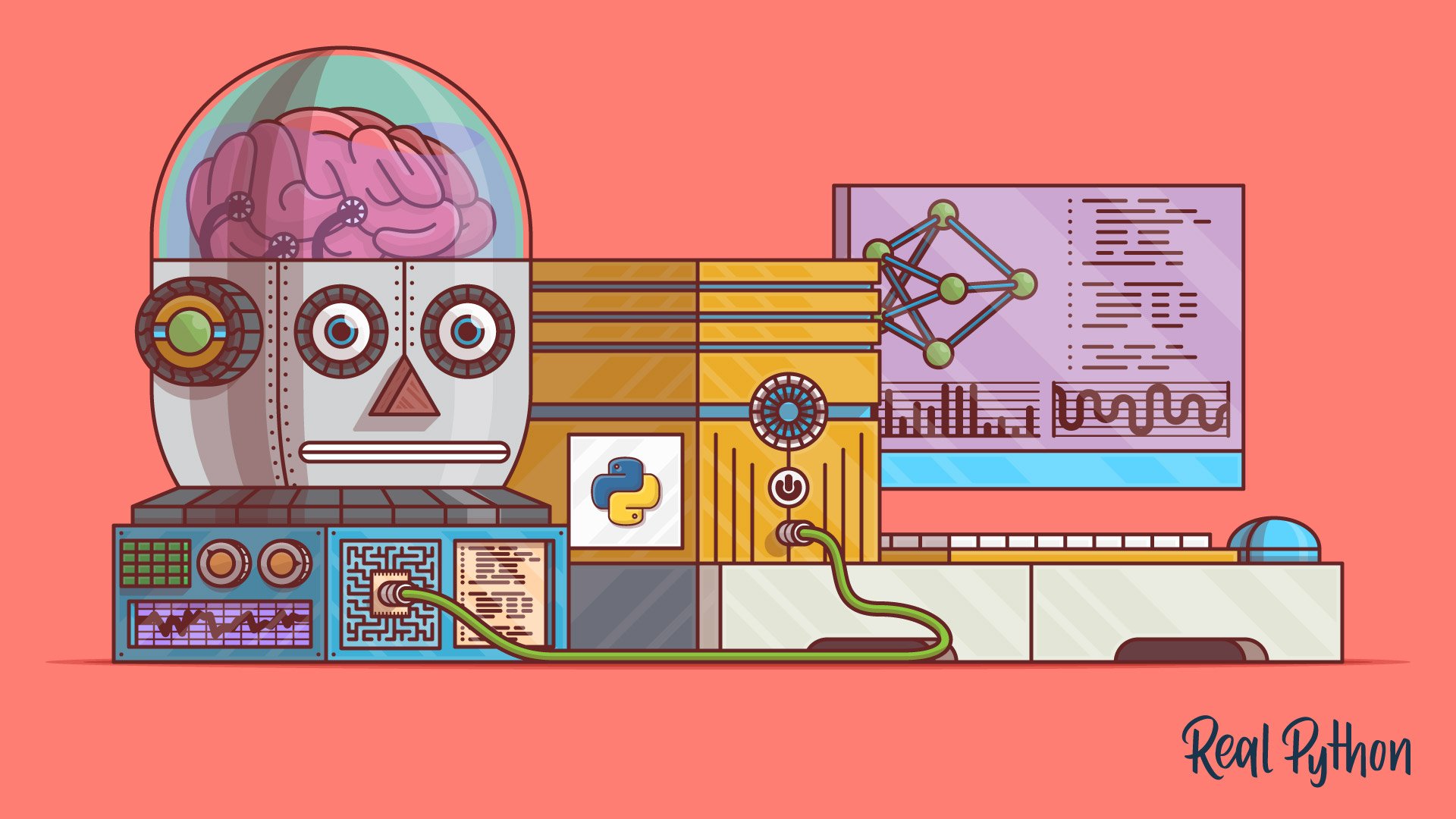
This comprehensive course provides practical skills in Python-based machine learning, covering varied areas such as image processing, text classification, and speech recognition.
The curriculum delves into computer vision, Natural Language Processing (NLP), and applications with AI models like DALL-E2 and ChatGPT. You’ll also explore common tools, such as PyTorch, TensorFlow, and Keras, and gain a hands-on understanding of important machine learning algorithms.
Whether a beginner or a seasoned programmer, this course is a robust guide to transform your theoretical knowledge into practical expertise in Python machine learning. You’ll be at the forefront of technological innovation, unlocking new ways to interact with the digital world. Time to start your learning adventure!
Machine Learning With Python
Learning Path ⋅ 26 Resources
Preparing Your Environment
Set yourself up for success on your Machine Learning journey. This section prepares your environment for a seamless developing and learning experience.
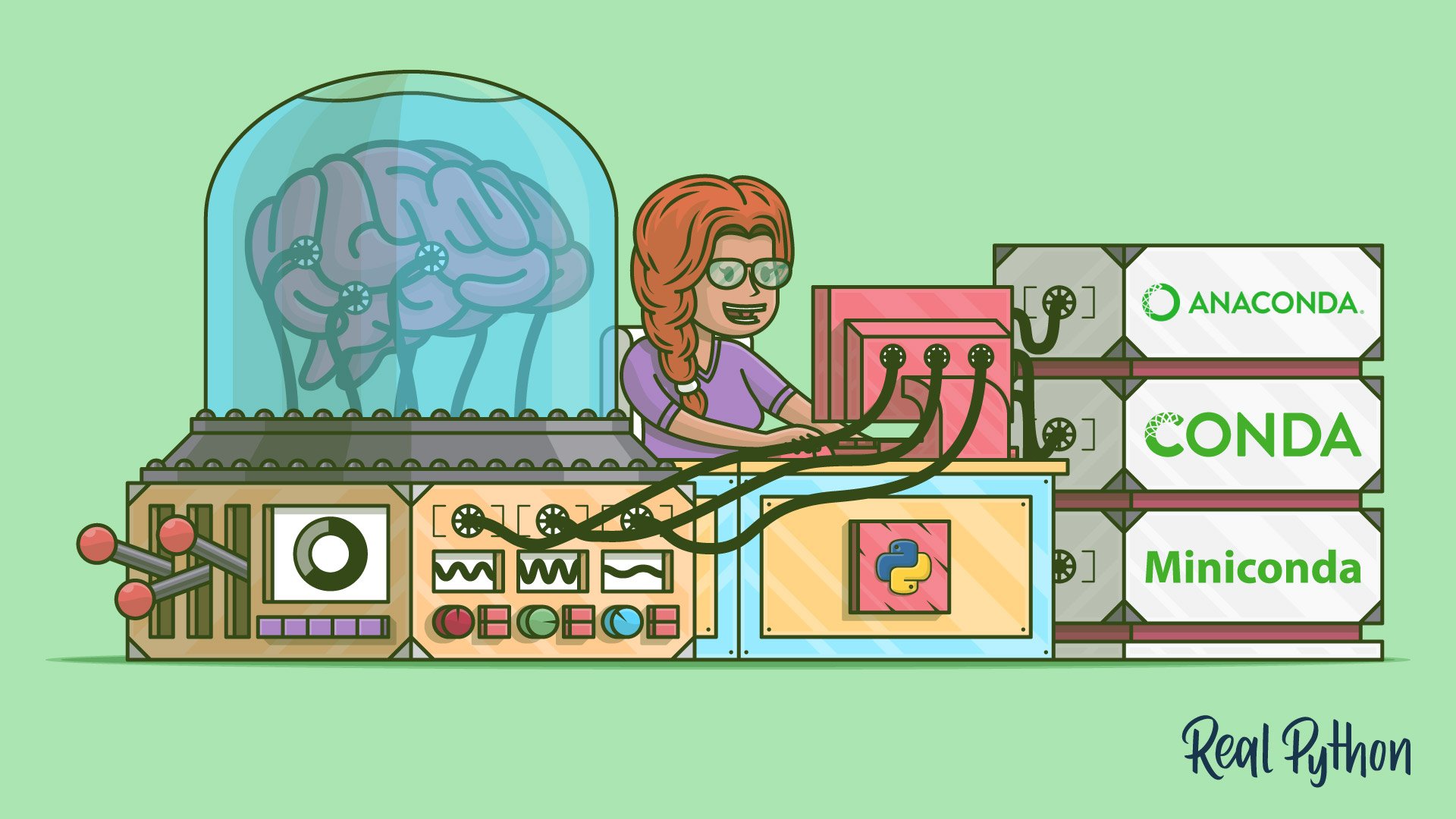
Tutorial
Setting Up Python for Machine Learning on Windows
In this step-by-step tutorial, you’ll cover the basics of setting up a Python numerical computation environment for machine learning on a Windows machine using the Anaconda Python distribution.
Applications of Machine Learning
Discover a range of exciting real-world Machine Learning applications. This section will guide you through specific projects involving DALL-E2, ChatGPT, and more.
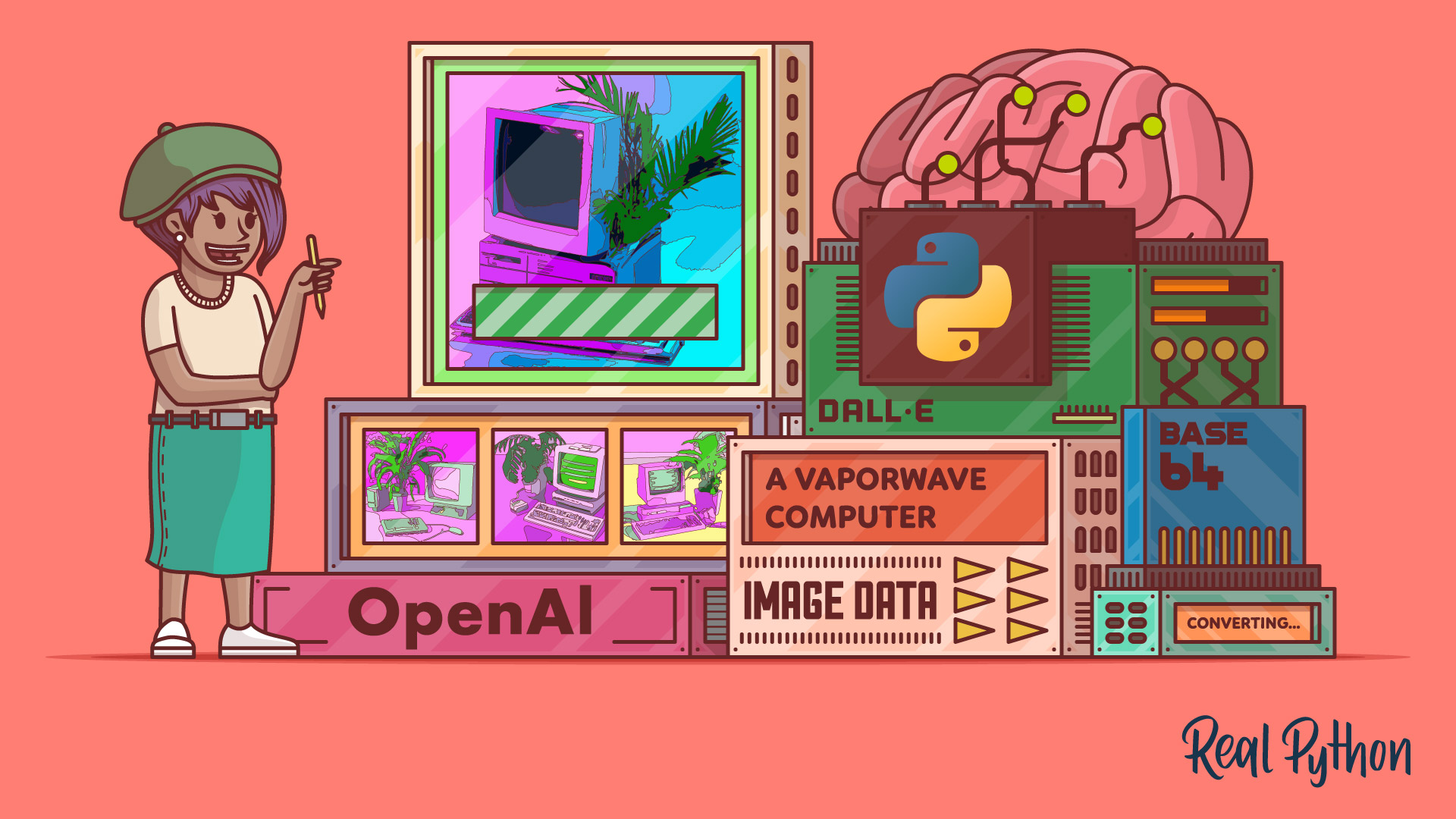
Tutorial
Generate Images With DALL·E and the OpenAI API
Learn to use the OpenAI Python library to create images with DALL·E, a state-of-the-art latent diffusion model. In this tutorial, you'll explore creating images and generating image variations. You'll also interact with DALL·E using API calls and incorporate this functionality into your Python scripts.
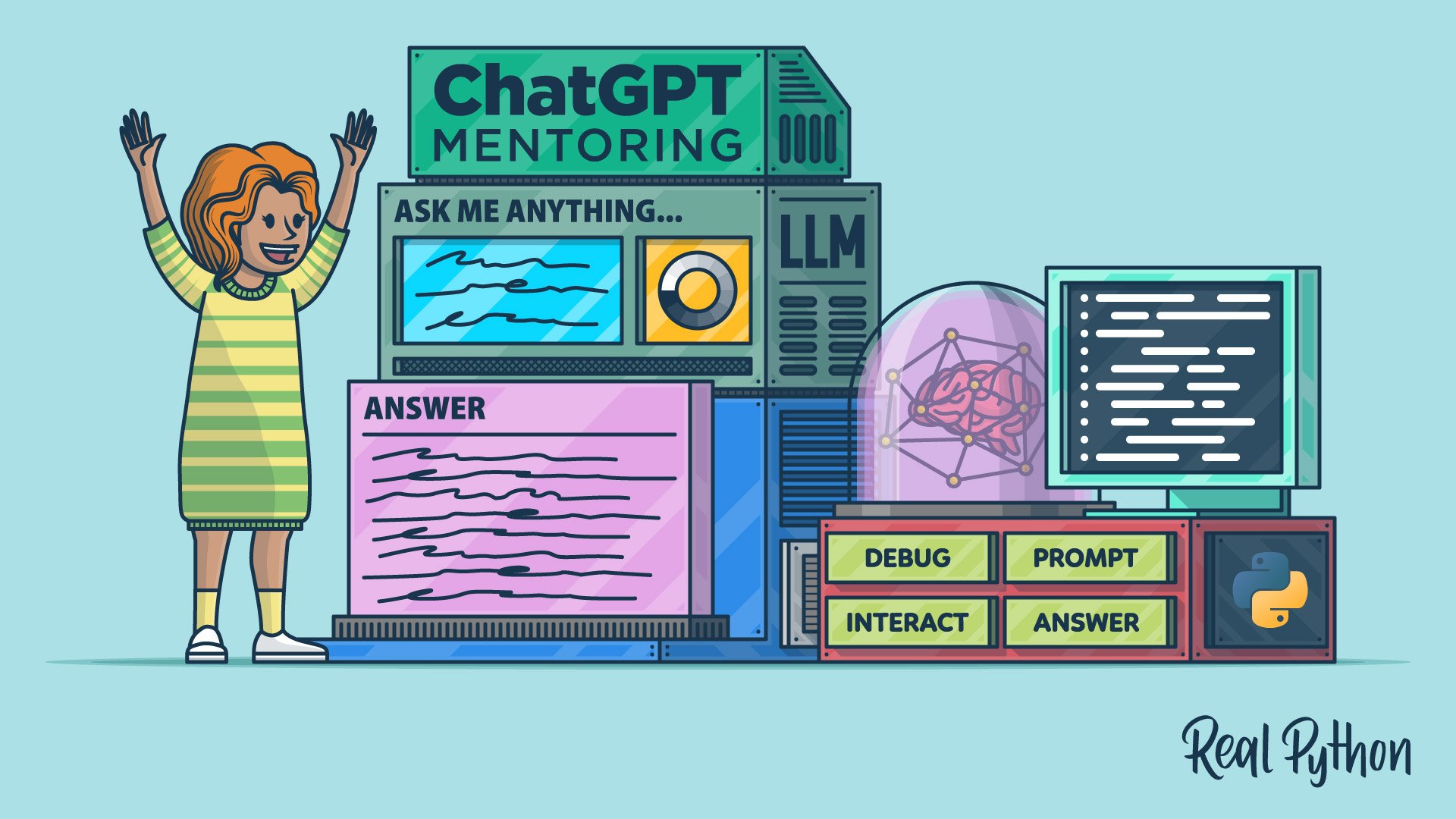
Tutorial
Use ChatGPT to Learn Python Programming
Learn Python with ChatGPT! Get instant help, pair program, fix errors, and explore alternate solutions to grow your Python coding skills.

Tutorial
GitHub Copilot: Fly With Python at the Speed of Thought
In this tutorial, you'll get your hands dirty with GitHub Copilot, a virtual pair programmer powered by artificial intelligence trained on billions of lines of code. You'll explore several practical use cases in Python for this amazing productivity tool.

Tutorial
Build a Recommendation Engine With Collaborative Filtering
Learn about collaborative filtering, which is one of the most common approaches for building recommender systems. You'll cover the various types of algorithms that fall under this category and see how to implement them in Python.
Machine Learning Principles
Understand the core principles of Machine Learning. This section delves into basics such as linear regression, Neural Networks, and how to handle datasets.
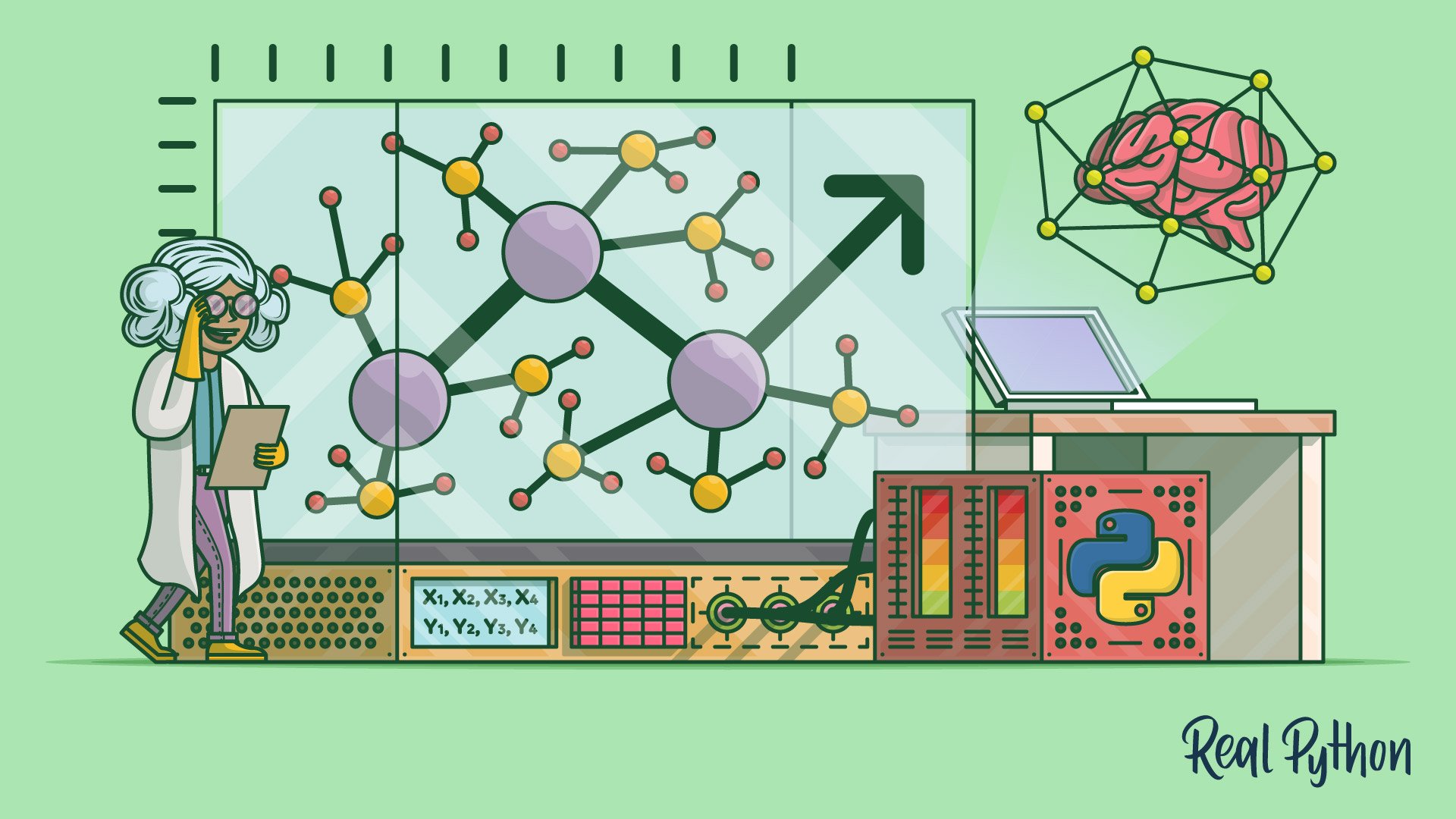
Course
Starting With Linear Regression in Python
Get started with linear regression in Python. Linear regression is one of the fundamental statistical and machine learning techniques, and Python is a popular choice for machine learning.

Interactive Quiz
Linear Regression in Python
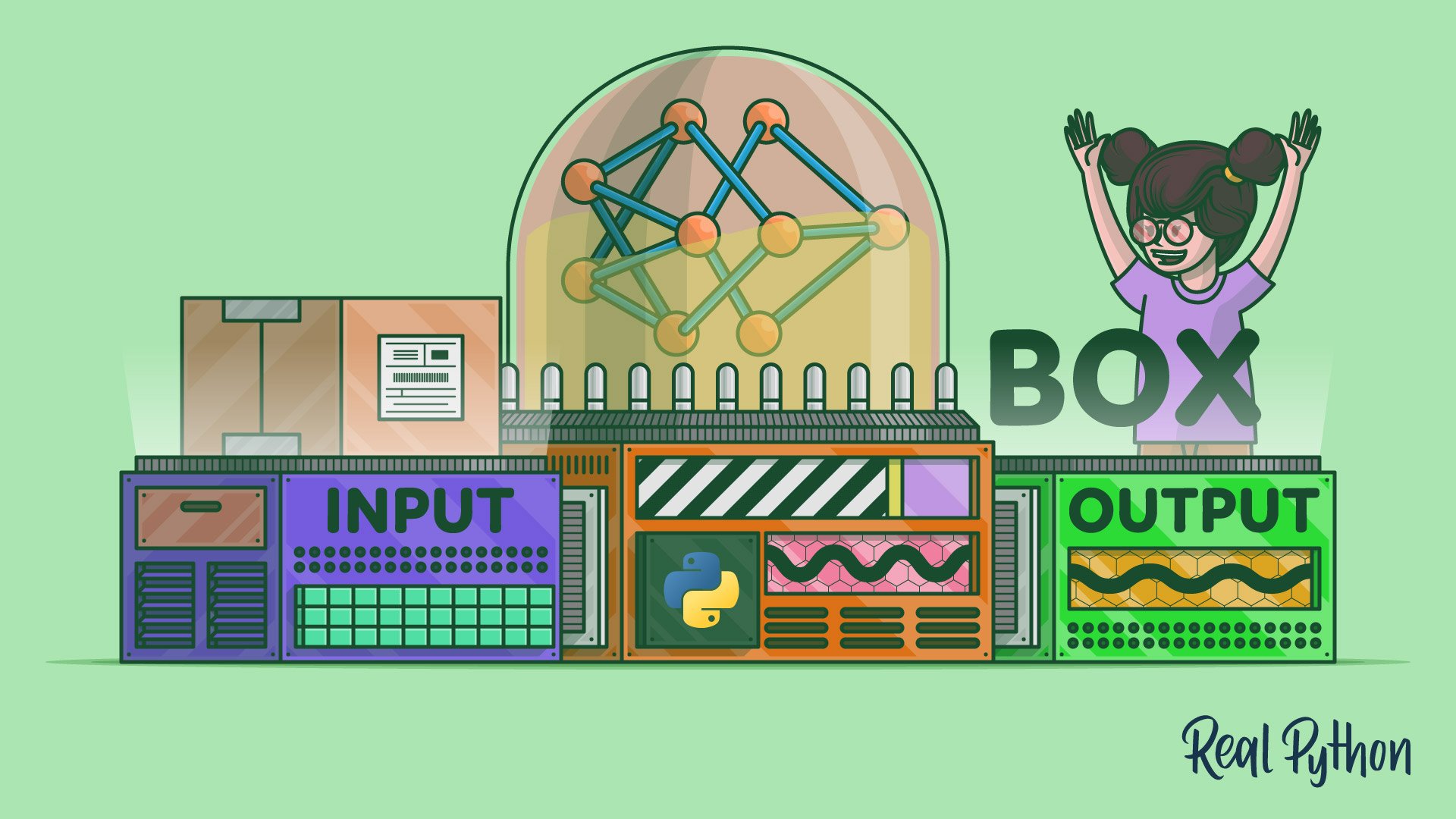
Course
Building a Neural Network & Making Predictions With Python AI
In this step-by-step course, you'll build a neural network from scratch as an introduction to the world of artificial intelligence (AI) in Python. You'll learn how to train your neural network and make accurate predictions based on a given dataset.
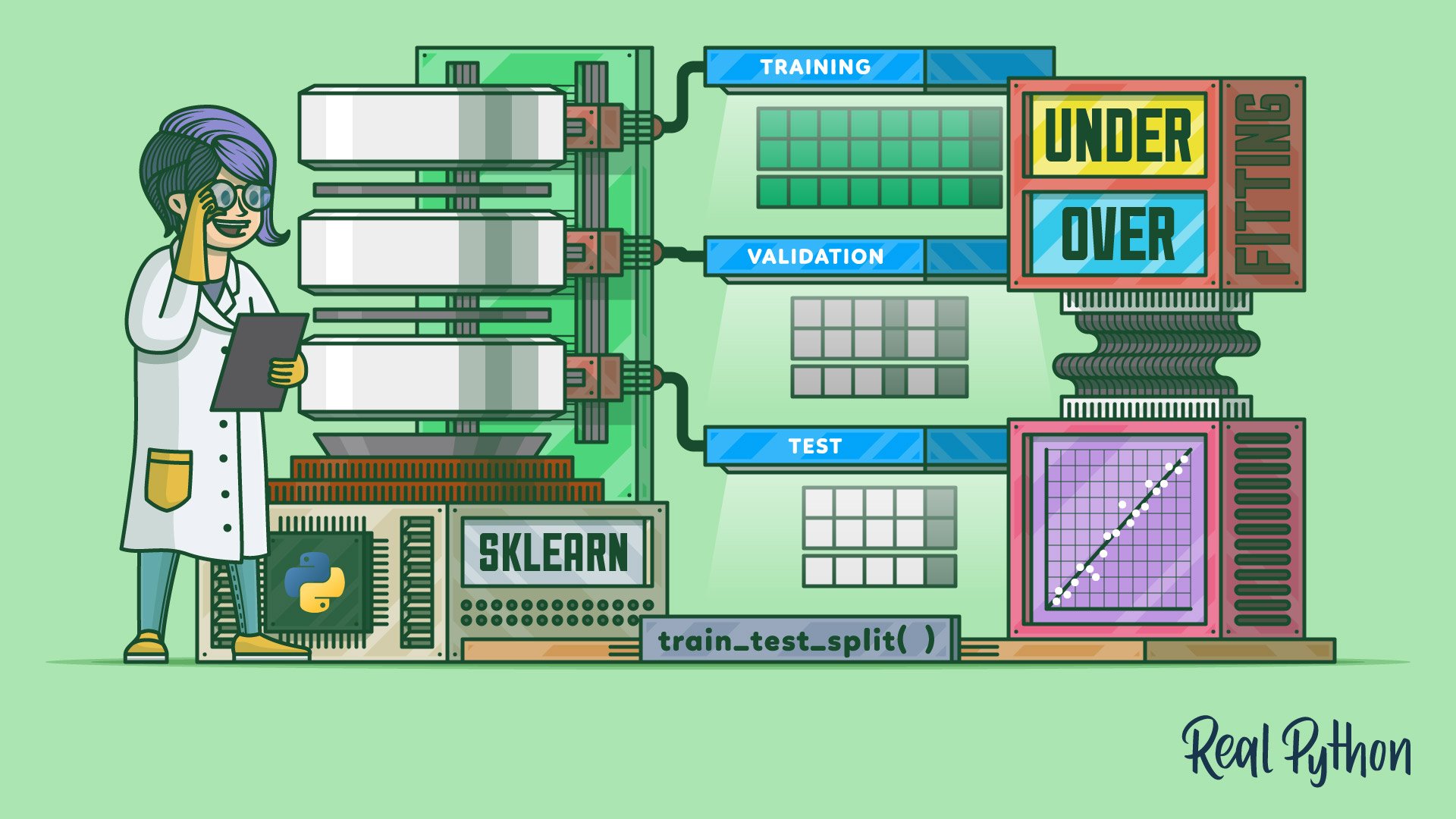
Course
Splitting Datasets With scikit-learn and train_test_split()
Learn why it's important to split your dataset in supervised machine learning and how to do that with train_test_split() from scikit-learn.
Exploring Computer Vision
Unleash the power of image processing and Computer Vision. Cover topics from basic image processing to complex tasks like face detection and face recognition.

Course
Process Images Using the Pillow Library and Python
Learn how to use the Python Pillow library to deal with images and perform image processing. You'll also explore using NumPy for further processing, including to create animations.

Tutorial
Image Segmentation Using Color Spaces in OpenCV + Python
In this introductory tutorial, you'll learn how to simply segment an object from an image based on color in Python using OpenCV. A popular computer vision library written in C/C++ with bindings for Python, OpenCV provides easy ways of manipulating color spaces.

Course
Traditional Face Detection Using Python
In this course on face detection with Python, you'll learn about a historically important algorithm for object detection that can be successfully applied to finding the location of a human face within an image.

Tutorial
Build Your Own Face Recognition Tool With Python
In this tutorial, you'll build your own face recognition command-line tool with Python. You'll learn how to use face detection to identify faces in an image and label them using face recognition. With this knowledge, you can create your own face recognition tool from start to finish!
Natural Language Processing
Investigate the realm of Natural Language Processing (NLP) and Natural Language Generation (NLG). Learn how to perform tasks such as sentiment analysis, text classification and more.
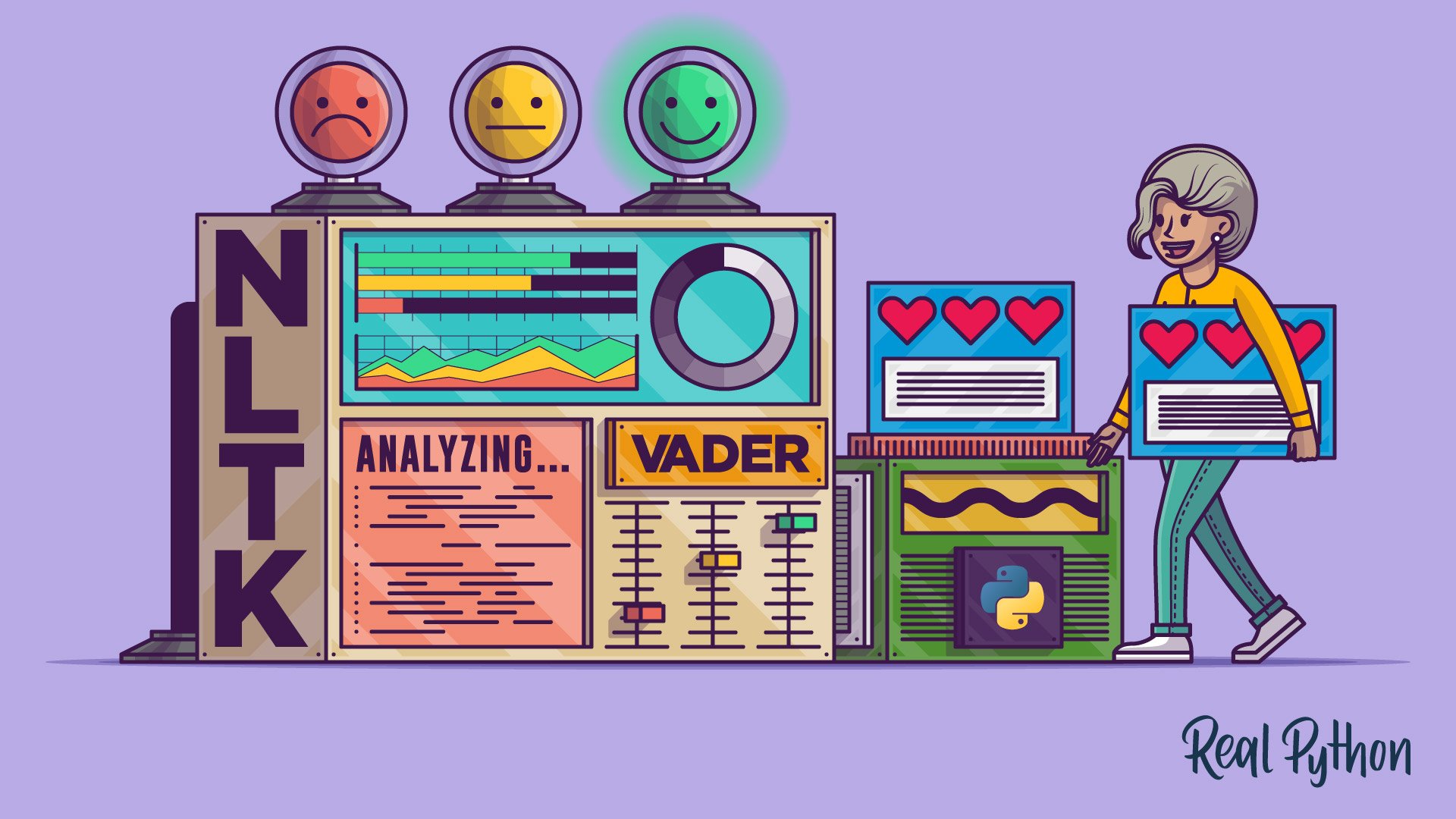
Tutorial
Sentiment Analysis: First Steps With Python's NLTK Library
Learn how to work with Python's Natural Language Toolkit (NLTK) to process and analyze text. You'll also learn how to perform sentiment analysis with built-in as well as custom classifiers!
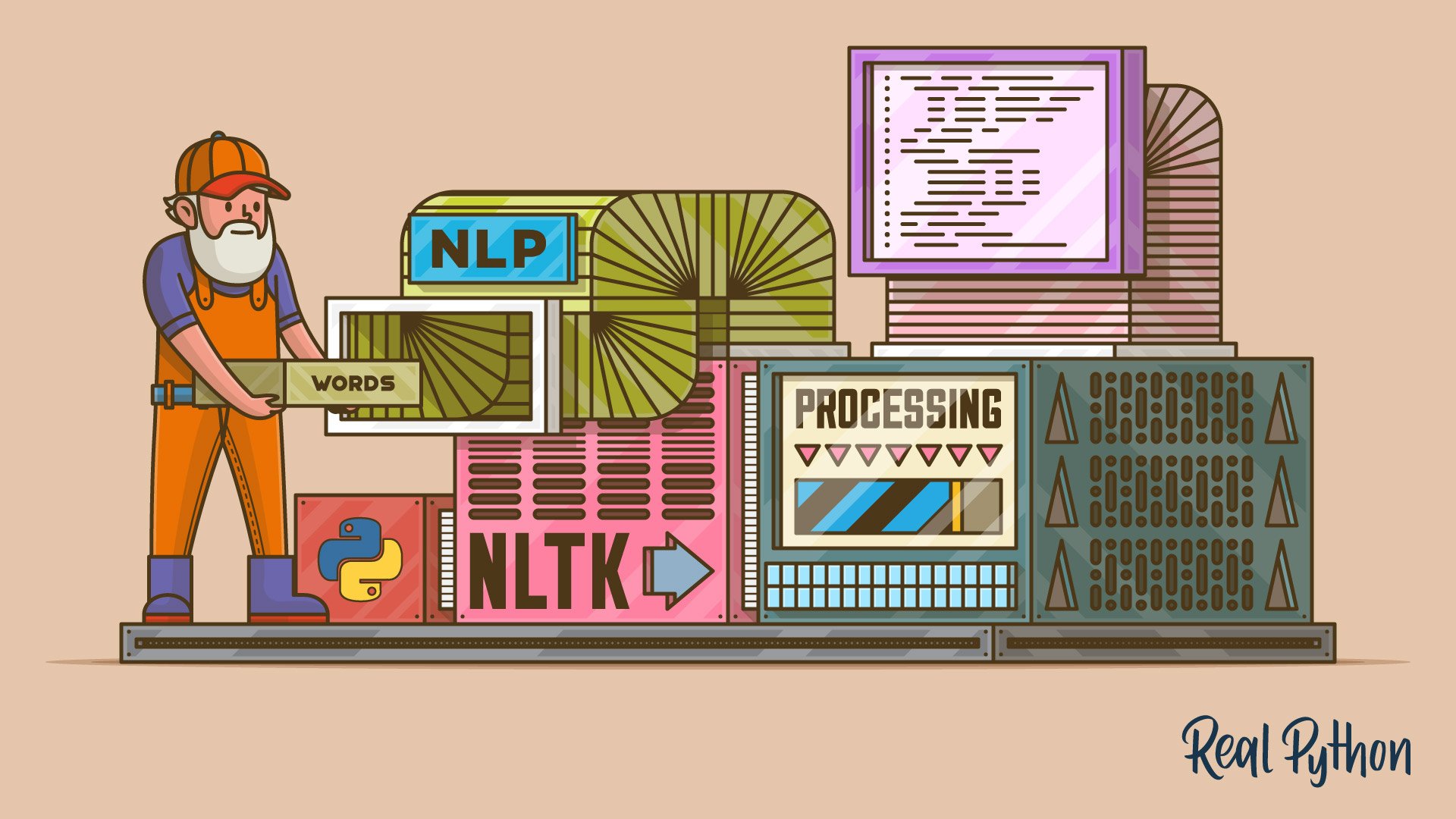
Tutorial
Natural Language Processing With Python's NLTK Package
In this beginner-friendly tutorial, you'll take your first steps with Natural Language Processing (NLP) and Python's Natural Language Toolkit (NLTK). You'll learn how to process unstructured data in order to be able to analyze it and draw conclusions from it.
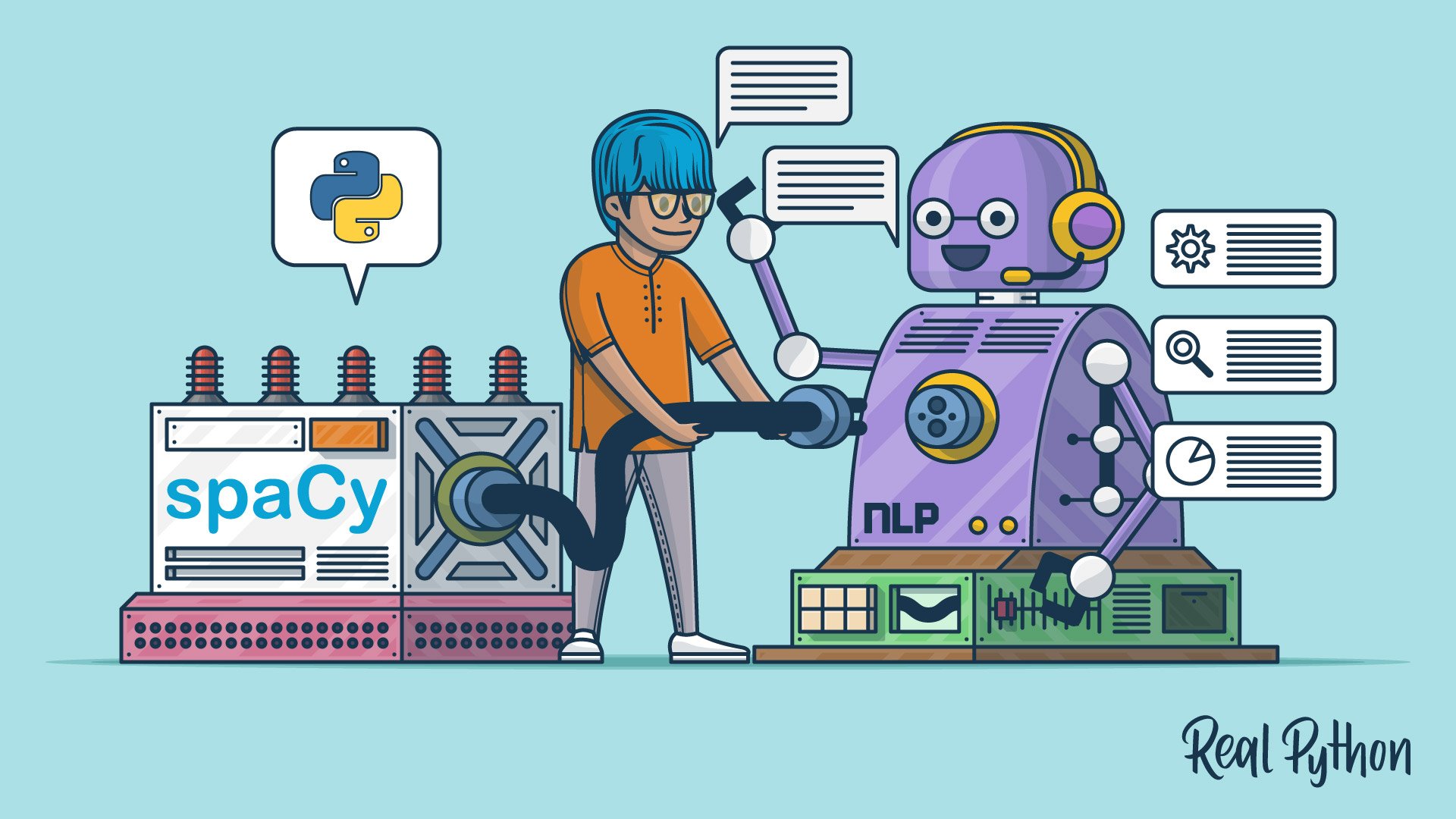
Tutorial
Natural Language Processing With spaCy in Python
Learn how to use spaCy. This free and open-source library for natural language processing (NLP) in Python has a lot of built-in capabilities and is becoming increasingly popular for processing and analyzing data in NLP.
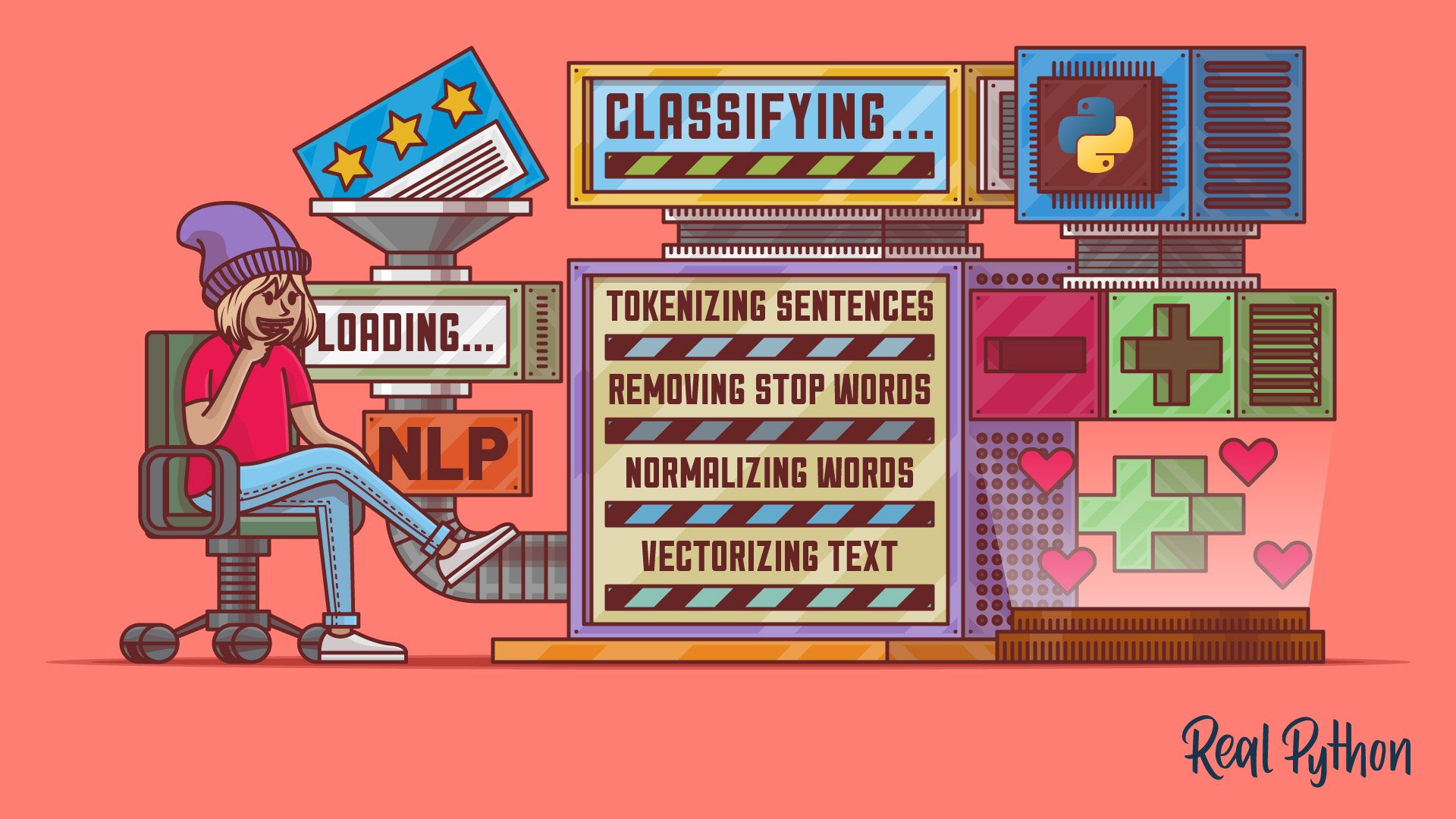
Tutorial
Use Sentiment Analysis With Python to Classify Movie Reviews
Learn about sentiment analysis and how it works in Python. You'll then build your own sentiment analysis classifier with spaCy that can predict whether a movie review is positive or negative.
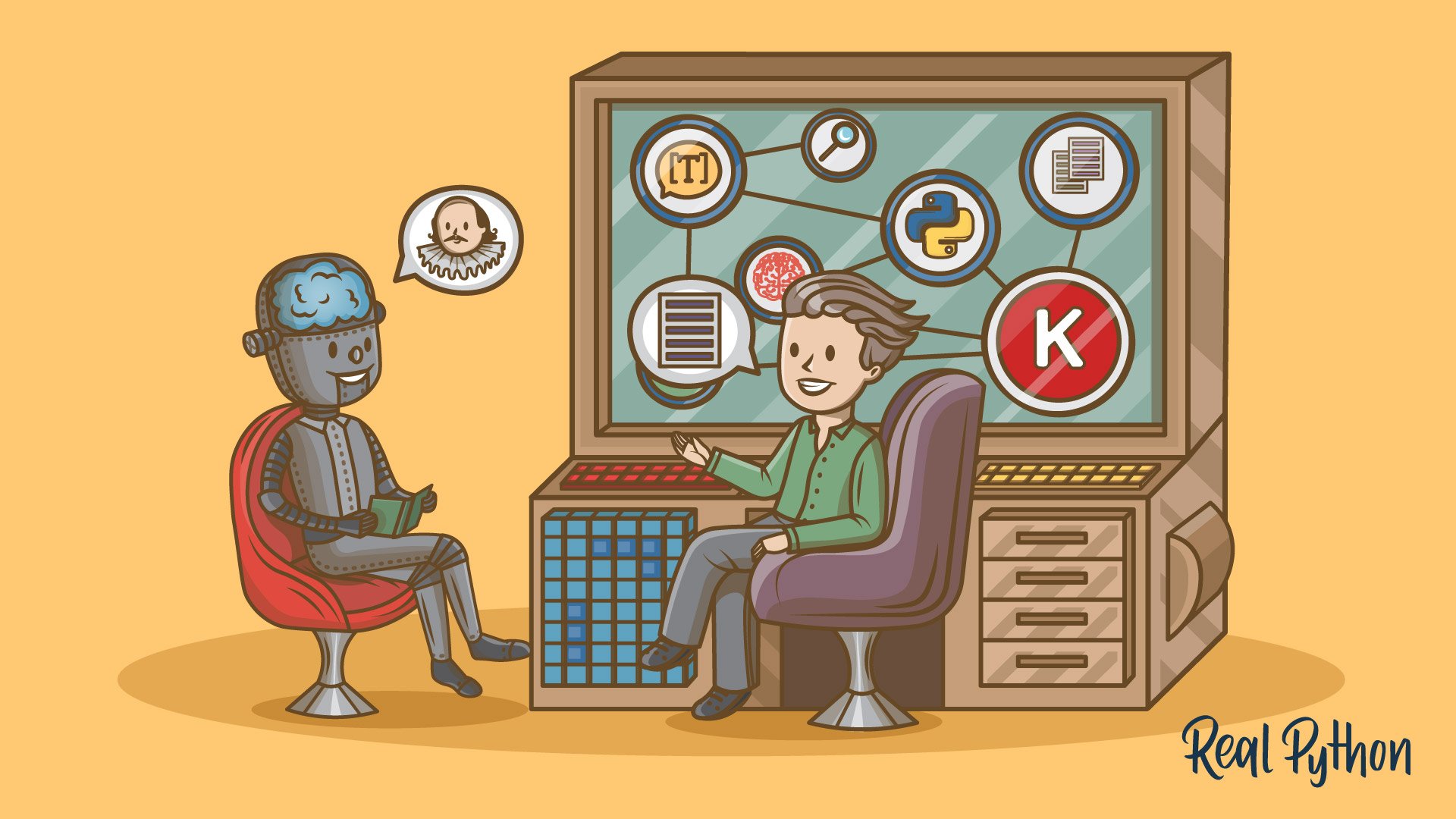
Course
Learn Text Classification With Python and Keras
In this course, you’ll learn about Python text classification with Keras, working your way from a bag-of-words model with logistic regression to more advanced methods, such as convolutional neural networks. You’ll also see how you can use pretrained word embeddings and hyperparameter optimization.
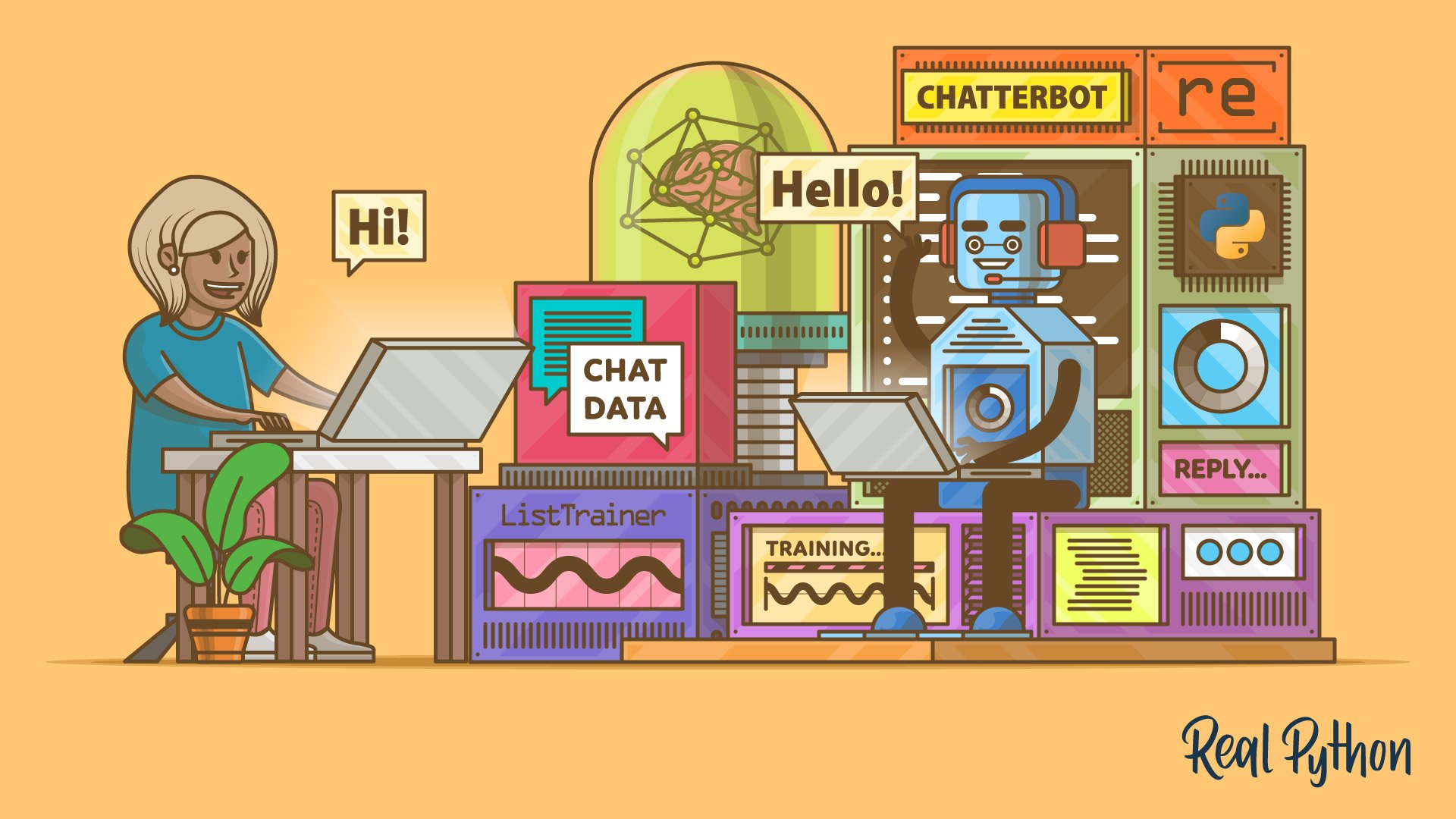
Tutorial
ChatterBot: Build a Chatbot With Python
Chatbots can help to provide real-time customer support and are a valuable asset in many industries. When you understand the basics of the ChatterBot library, you can build and train a self-learning chatbot with just a few lines of Python code.

Tutorial
Prompt Engineering: A Practical Example
Learn prompt engineering techniques with a practical, real-world project to get better results from large language models. This tutorial covers zero-shot and few-shot prompting, delimiters, numbered steps, role prompts, chain-of-thought prompting, and more. Improve your LLM-assisted projects today.
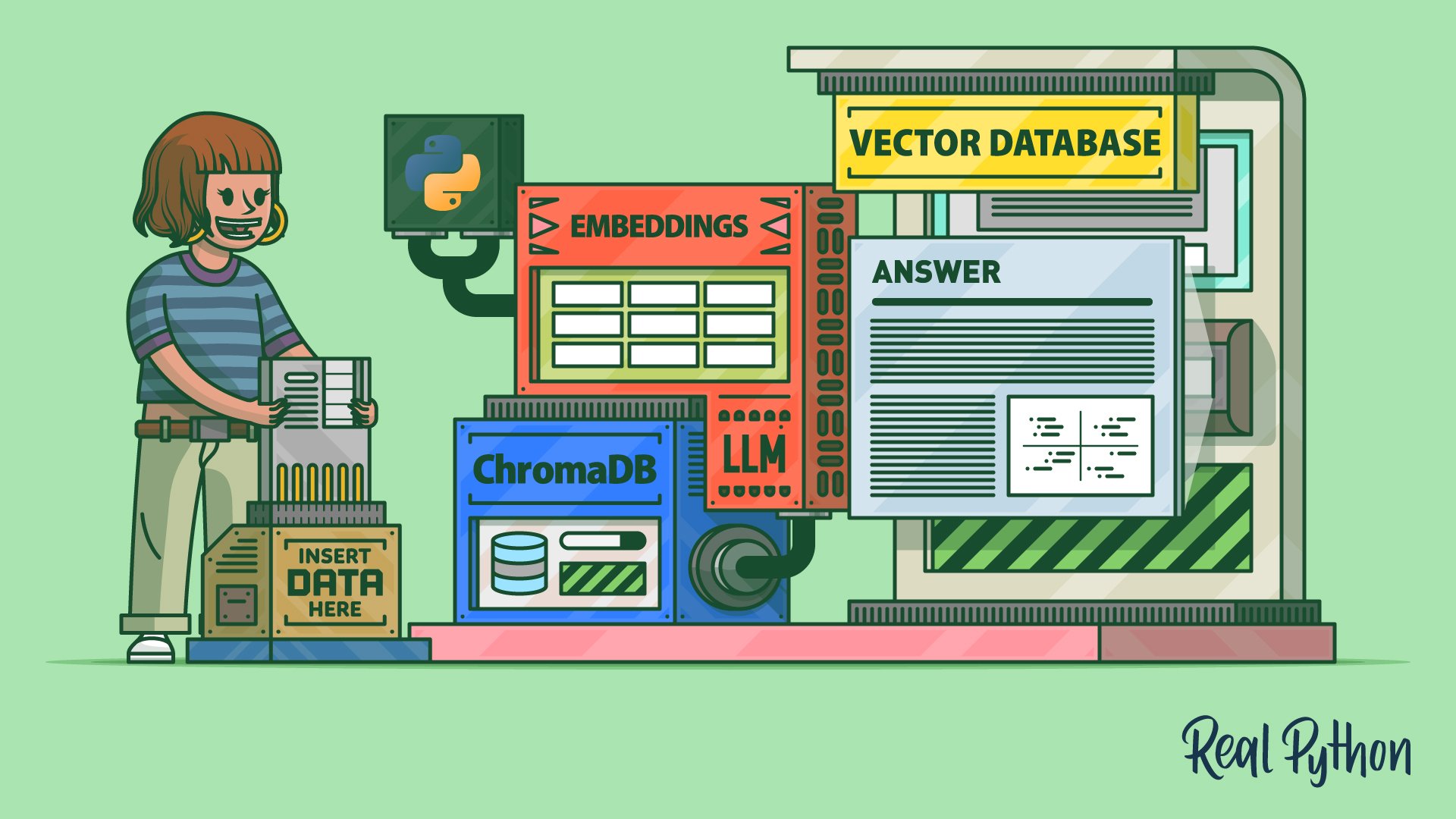
Tutorial
Embeddings and Vector Databases With ChromaDB
Vector databases are a crucial component of many NLP applications. This tutorial will give you hands-on experience with ChromaDB, an open-source vector database that's quickly gaining traction. Along the way, you'll learn what's needed to understand vector databases with practical examples.

Course
Speech Recognition With Python
See the fundamentals of speech recognition with Python. You'll learn which speech recognition library gives the best results and build a full-featured "Guess The Word" game with it.
Machine Learning Toolkit
Get to know how to choose the right tools like PyTorch and TensorFlow for your Machine Learning projects. This section offers insights on industry-standard tools.

Course
Python Deep Learning: PyTorch vs Tensorflow
PyTorch vs Tensorflow: Which one should you use? Learn about these two popular deep learning libraries and how to choose the best one for your project.
Algorithms in Machine Learning
Dive headfirst into specific Machine Learning algorithms. Get hands-on experience with k-Nearest Neighbors (kNN), K-Means clustering, and Generative Adversarial Networks (GANs).
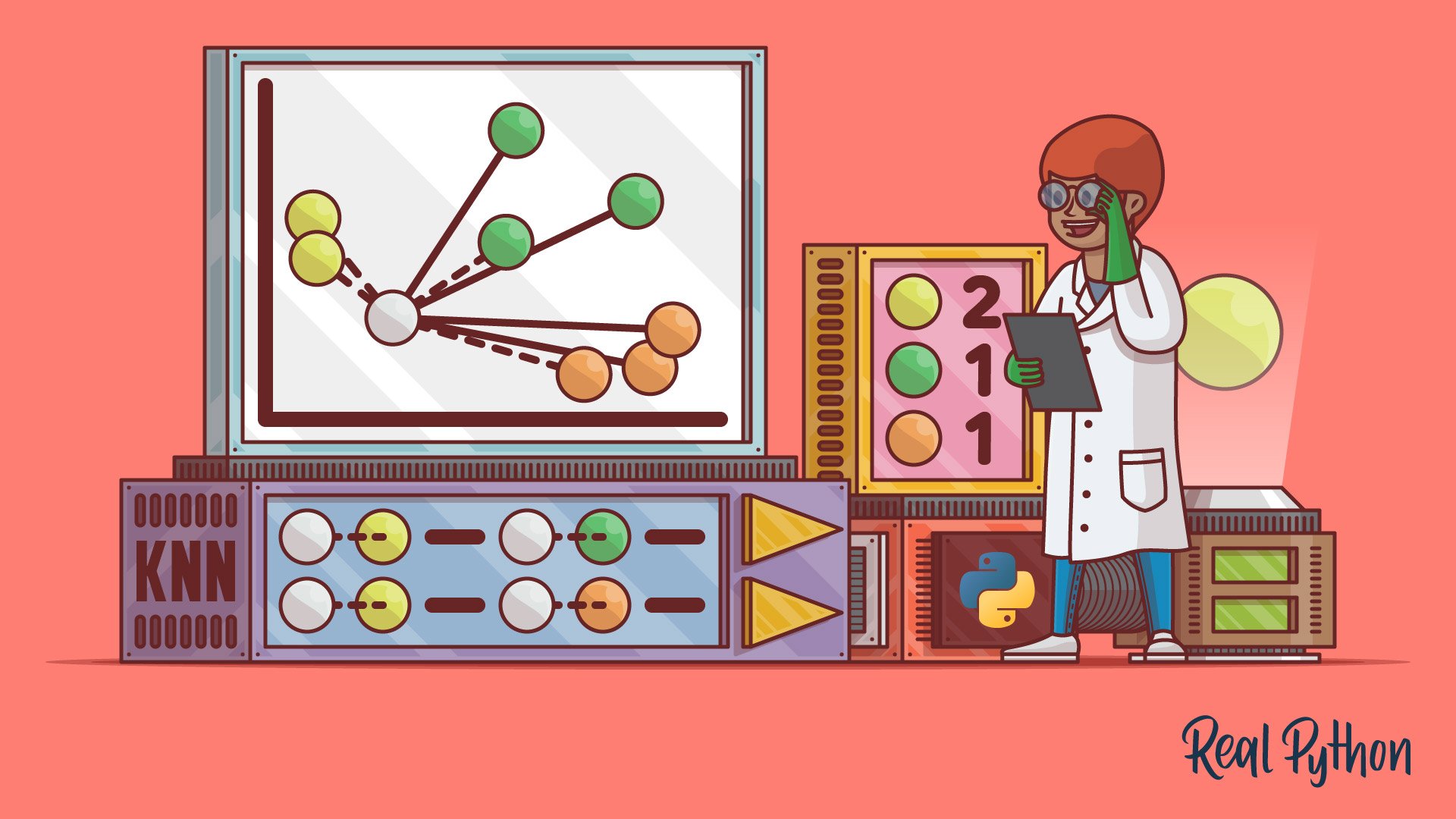
Course
Using k-Nearest Neighbors (kNN) in Python
Learn all about the k-nearest neighbors (kNN) algorithm in Python, including how to implement kNN from scratch. Once you understand how kNN works, you'll use scikit-learn to facilitate your coding process.

Tutorial
K-Means Clustering in Python: A Practical Guide
Learn how to perform k-means clustering in Python. You'll review evaluation metrics for choosing an appropriate number of clusters and build an end-to-end k-means clustering pipeline in scikit-learn.

Podcast
Deep Reinforcement Learning in a Notebook With Jupylet + Gaming and Synthesis
What is it like to design a Python library for three different audiences? This week on the show, we have Nir Aides, creator of Jupylet. His new library is designed for deep reinforcement learning researchers, musicians interested in live music coding, and kids interested in learning to program. Everything is designed to run inside of a Jupyter notebook.
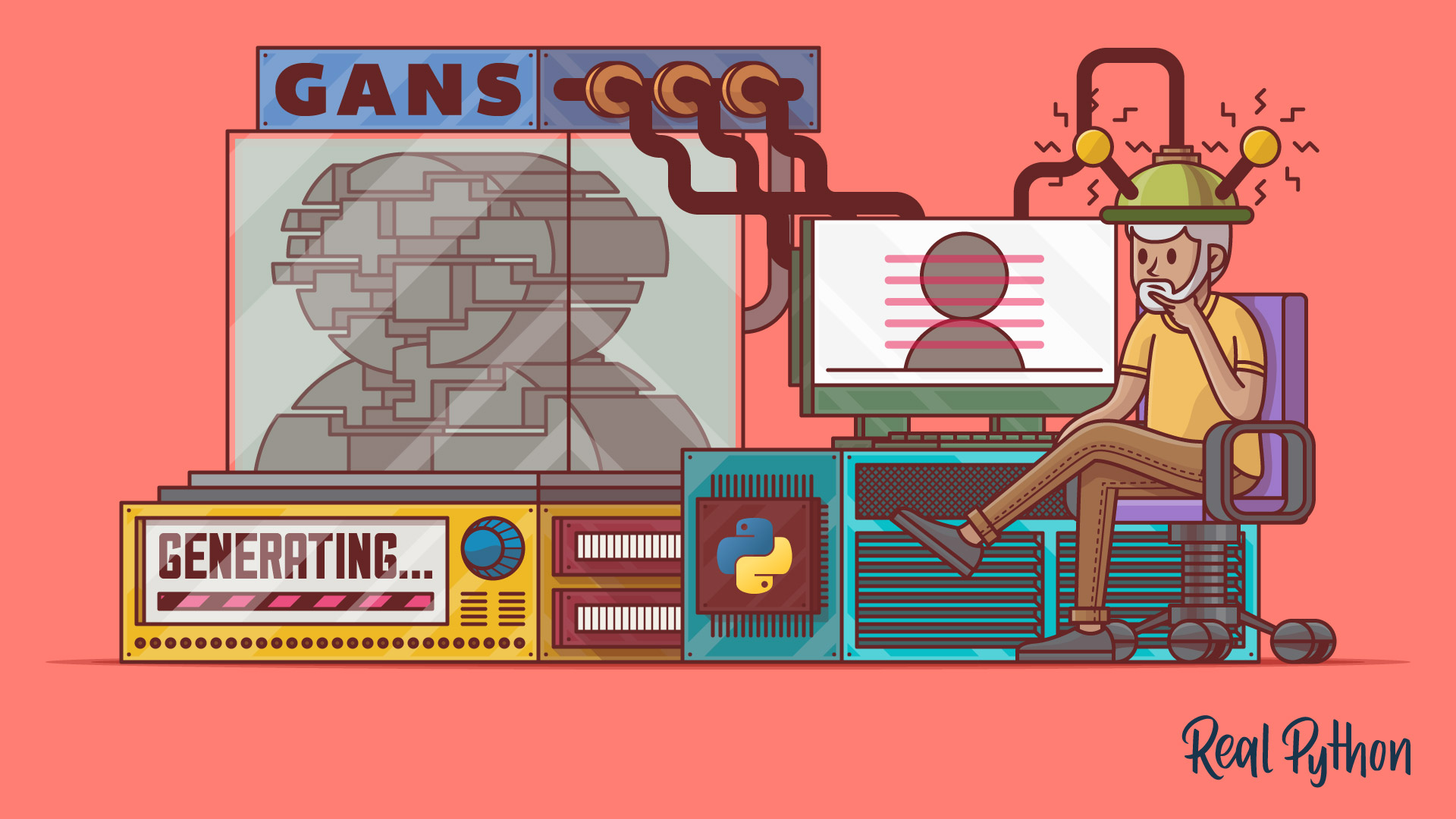
Tutorial
Generative Adversarial Networks: Build Your First Models
Learn all about one of the most exciting areas of research in the field of machine learning: generative adversarial networks. You'll learn the basics of how GANs are structured and trained before implementing your own generative model using PyTorch.
Congratulations on completing this learning path! If you’d like to continue to develop your skills in machine learning with Python, then check out the machine learning topic on Real Python.
Or maybe you’d like to explore related concepts revolving around data science, then take a look at the following learning pahts:
Got feedback on this learning path?
Looking for real-time conversation? Visit the Real Python Community Chat or join the next “Office Hours” Live Q&A Session. Happy Pythoning!

